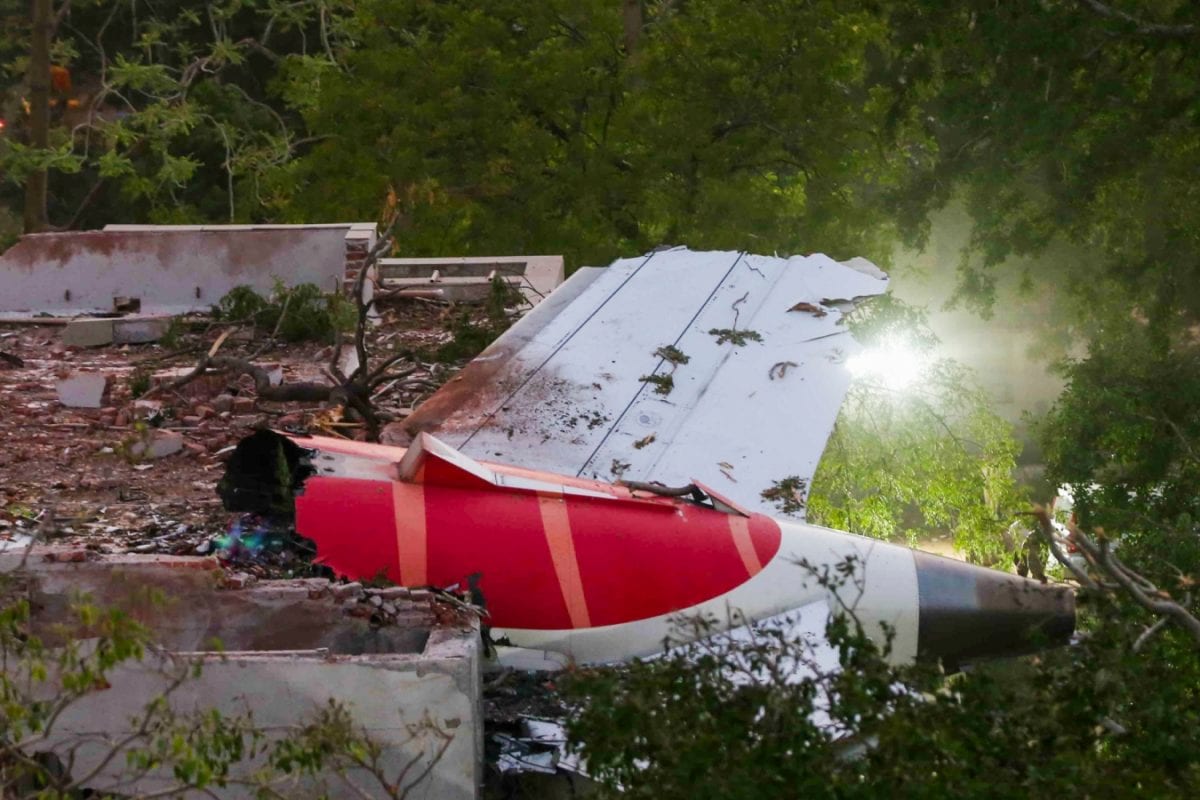

The crash of Air India Flight 171, a Boeing 787-8 Dreamliner, near Ahmedabad on June 12, 2025, resulted in a complex investigation that relied on international cooperation and advanced technology to retrieve critical flight data. The Aircraft Accident Investigation Bureau (AAIB) successfully downloaded 49 hours of flight data and two hours of cockpit audio from one of the aircraft's black boxes with the help of a "Golden Chassis" sourced from the U.S. National Transportation Safety Board (NTSB).
Following the accident, which claimed 260 lives, the AAIB recovered the two Enhanced Airborne Flight Recorders (EAFRs), commonly known as black boxes, and transported them to New Delhi on June 24. These recorders are crucial for understanding the circumstances leading up to the crash, as they capture both flight data and cockpit voice recordings. The Air India flight was equipped with two EAFRs, one located in the tail section and the other in the forward section of the aircraft. Both EAFRs record a combined data stream of digital flight data and cockpit voice information, storing it on the same device.
In situations where flight recorders are damaged, investigators often use a "Golden Chassis" – an identical recording unit – along with compatible download cables to extract the data. The AAIB confirmed that the Golden Chassis and necessary download cables were provided by the NTSB. The data extraction from the forward EAFR was conducted at the AAIB laboratory in New Delhi on June 24. Investigators found the Crash Protection Module (CPM) of the forward EAFR to be intact and in good condition. The CPM was then mounted on the Golden Chassis, allowing the raw data to be successfully downloaded. The downloaded flight data encompassed approximately 49 hours of flight information, covering six flights, including the flight that crashed. The recovered audio was two hours in length and captured the event. Initial analysis of the recorded audio and flight data has been completed.
However, the aft EAFR sustained significant damage and could not be accessed using standard procedures. Upon opening the CPM to inspect the memory card, investigators discovered extensive damage. The preliminary report of the AAIB stated that the data from the black box in the rear section could not be downloaded through conventional means. The Cockpit Area Microphone (CAM), which captures voice data, was opened to inspect the memory card, but the damage was extensive.
The উদ্ধারকৃত two hours of cockpit voice recordings revealed a moment of confusion between the pilots shortly after takeoff, when the aircraft's engines lost fuel. According to the preliminary report by the AAIB, the engines of the Boeing 787 Dreamliner were starved of fuel when the engine cutoff switches suddenly flipped mid-flight. One pilot is heard asking the other "why did he cutoff," with the other responding that "he did not do so". Investigators found that the fuel control switches had flipped from "run" to "cutoff" almost simultaneously shortly after liftoff.
The AAIB's investigation is ongoing, with a full report expected within a year of the accident. A team of investigators, including pilots, engineers, aviation medicine specialists, and representatives from the NTSB, is involved in the probe. The focus remains on analyzing the black box data and other evidence to determine the cause of the sudden loss of power shortly after takeoff.